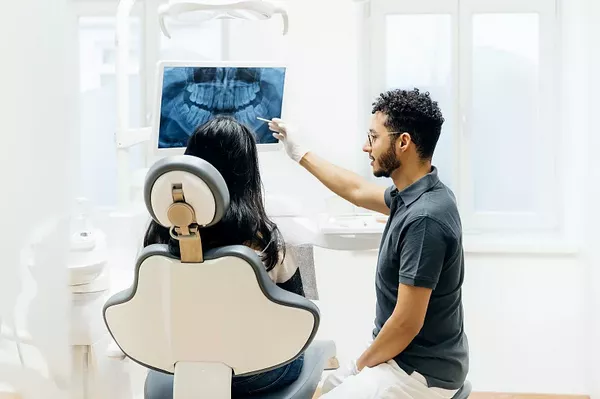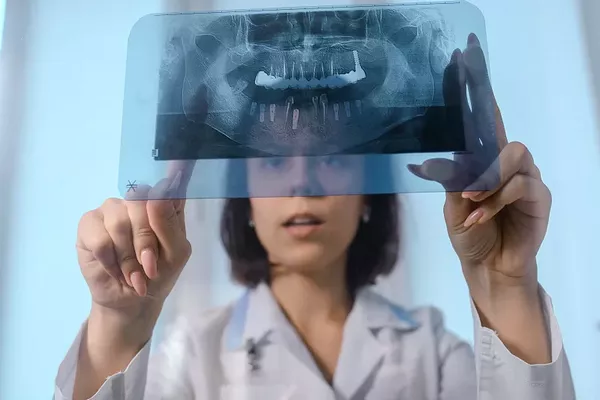Orthodontic treatment, including braces, is a common way to straighten crooked teeth and improve oral health. However, if you have periodontal disease, you may wonder if it is safe to undergo orthodontic treatment. In this article, we will explore whether you can have braces with periodontal disease and how it can be managed.
What is Periodontal Disease?
Periodontal disease is a bacterial infection that affects the gums, ligaments, and bone that support the teeth. It is caused by plaque buildup on the teeth and gums, which leads to inflammation and infection. If left untreated, periodontal disease can lead to tooth loss and other serious health problems.
Types of Orthodontic Treatment
There are two main types of orthodontic treatment: traditional braces and clear aligners, such as Invisalign. Traditional braces use brackets and wires to move teeth into their proper position, while clear aligners are custom-made plastic trays that fit over the teeth to gradually shift them into place.
Can You Have Braces with Periodontal Disease?
The short answer is yes, you can have braces with periodontal disease. However, your orthodontist will need to evaluate the severity of your gum disease before beginning any treatment. If your periodontal disease is severe, your orthodontist may want to delay treatment until your gums are healthier.
How Can Periodontal Disease Be Managed During Braces Treatment?
If you have periodontal disease and are undergoing orthodontic treatment, there are several things you can do to manage your condition:
Practice Good Oral Hygiene – Brushing and flossing regularly is essential for maintaining good oral hygiene and preventing further damage to the gums.
Visit Your Dentist Regularly – Regular dental check-ups and cleanings can help detect and treat gum disease in its early stages.
Use a Water Flosser – A water flosser is a device that uses a stream of water to clean between teeth and along the gum line. It can be particularly helpful for people with braces who may have difficulty flossing.
Follow a Healthy Diet – Eating a balanced diet rich in vitamins and minerals can help strengthen your immune system and improve gum health.
Quit Smoking – Smoking can worsen periodontal disease and make it harder for the body to fight off infections, so it’s important to quit smoking if you have periodontal disease.
How do people live with periodontal disease?
Periodontal disease, also known as gum disease, is a chronic condition that affects the gums and bones supporting the teeth. If left untreated, it can lead to tooth loss and other health complications. People with periodontal disease can live with the condition by managing it through proper oral hygiene habits and regular visits to the dentist.
Treatment for periodontal disease typically involves deep cleaning of the gums and teeth, called scaling and root planing, to remove plaque and tartar buildup. In more advanced cases, surgery may be necessary to repair damage to the gums and bones supporting the teeth.
In addition to professional treatment, people with periodontal disease can manage their condition by practicing good oral hygiene habits at home, such as brushing twice a day, flossing once a day, and using an antiseptic mouthwash. They may also need to make dietary changes to reduce their risk of further inflammation and damage to the gums and teeth.
It’s important for people with periodontal disease to work closely with their dentist or periodontist to develop a personalized treatment plan and to monitor the condition over time. With proper care, many people with periodontal disease are able to maintain their oral health and avoid further complications.
Conclusion
In conclusion, having periodontal disease does not necessarily mean you cannot undergo orthodontic treatment. However, it’s important to work closely with your orthodontist and dentist to manage your condition during treatment. By practicing good oral hygiene, visiting your dentist regularly, using a water flosser, following a healthy diet, and quitting smoking, you can help prevent further damage to your gums and ensure a successful outcome from your orthodontic treatment.





























